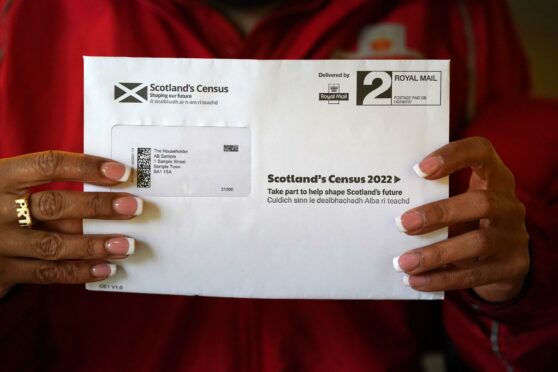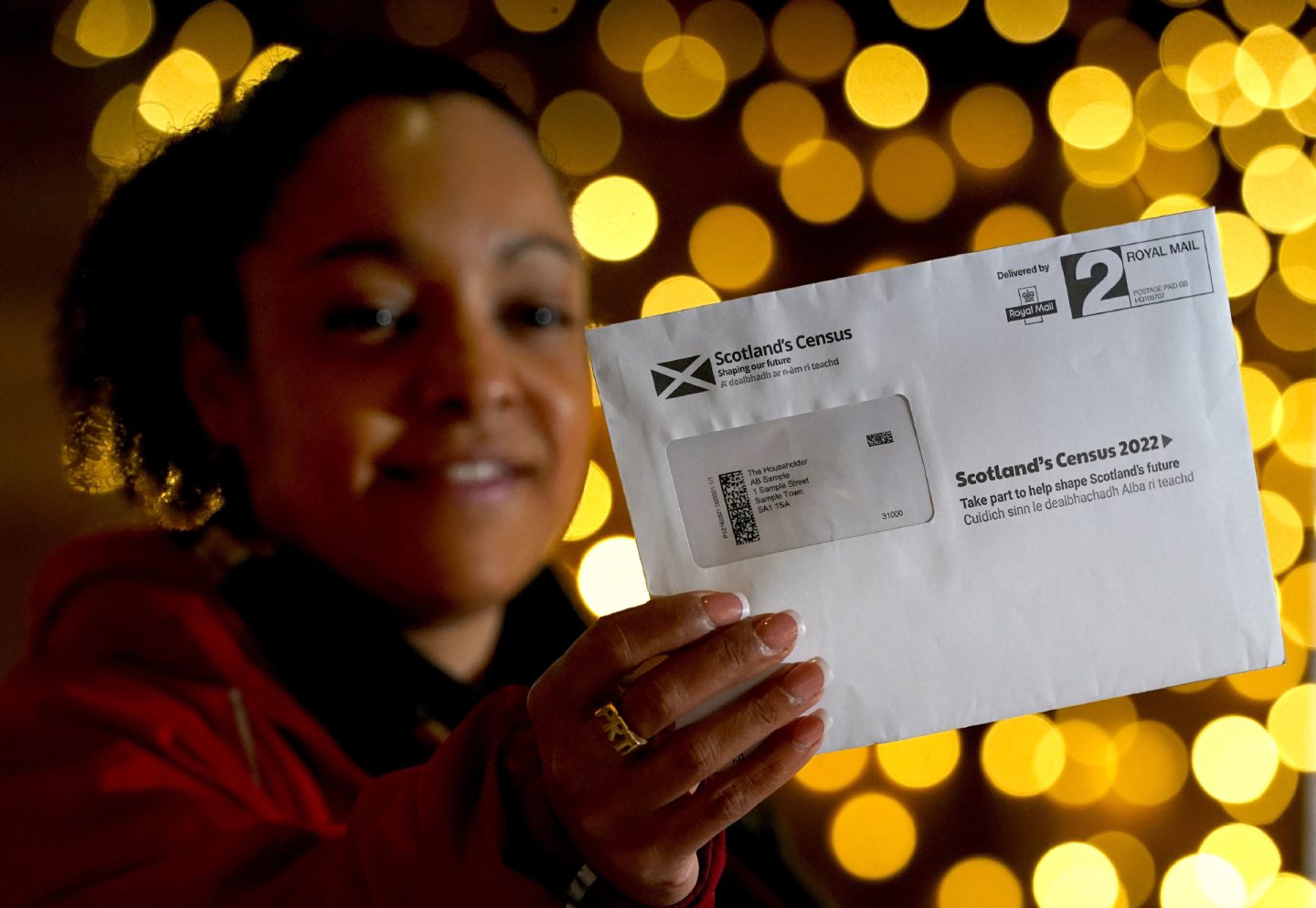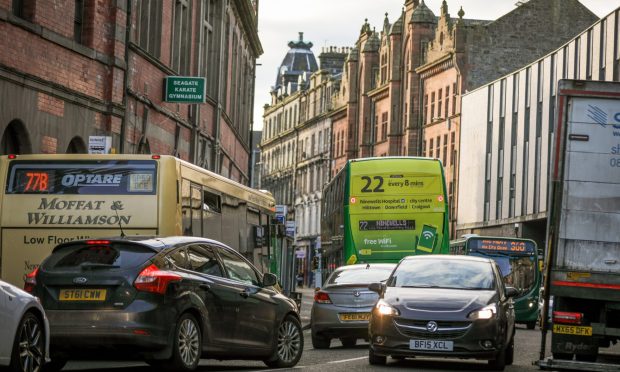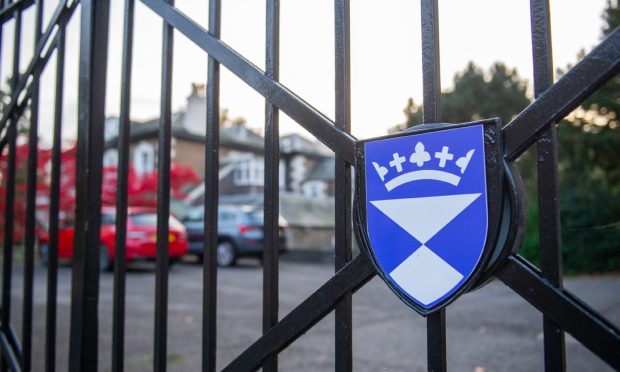Scots have been given four weeks grace to fill in their late census forms or face prosecution and a fine of up to £1,000.
A census of the population has been taken every 10 years in Scotland since 1801, with the exception of 1941, because of World War Two and in 2021 due to Covid-19 restrictions.
Census day was officially March 20 and this date is used for historical comparisons with previous censuses to understand how society, the economy and the population have changed throughout history.
From February 28, census letters were issued to more than 2.7 million households representing 5.5 million people.
Scots have a legal responsibility to fill in a census and all forms were supposed to be completed by May 1.
But after concerns about the slow response rate, the Scottish Government agreed to kick it back another four weeks until the end of May.
As of April 28, 77.2% of households had provided a response, but a remaining 604,000 had yet to do so..
That is far short of National Records of Scotland’s target of 94%, which was achieved in 2011. The NRS also wants each local authority area to have a completion rate of at least 85%.
A spokesperson for NRS said: “It’s important and a legal responsibility to complete the census as information gathered from the census informs how services are planned and how money is invested in the nation’s schools, transport, health and care services.
“Households who don’t fill in the census by the deadline may face prosecution, which could lead to a criminal record and a fine of up to £1,000.
“However, our absolute focus is on ensuring that every household is supported and encouraged to complete the census and to add their data to that of the two million households in Scotland that have already successfully submitted.”
Here is a Q&A guide to the census and its deadline.
Why do Scots need to fill it in?
Census data is used extensively across the public, private and charity sectors. The information informs how services are planned and how money is invested in the nation’s schools, transport network, health and care services.
Every household in Scotland must complete a census questionnaire – it’s a legal responsibility.
People who are over 16 and living in places such as halls of residence, care homes or a hostel must also complete the questionnaire.
What are the questions?
The census asks questions on a range of topics, including the types of accommodation people stay in, household relationships, age, sex, health and employment status.
New questions for the 2022 census include use of British Sign Language (BSL), passports held, previous armed forces history and new voluntary questions on sexual orientation and trans status.
A lot has changed since the first census in 1801, which was little more than a population count.
How are the questions chosen?
The NRS says it “engaged extensively with stakeholders to develop and test the questions”. These were approved by the Scottish Parliament in June 2020.
Various questions have been added to and removed from censuses throughout the years.
What happens to the data that is gathered?
After the census closes, the information collected is published and made available for use. Before the data is published, all personal information is removed, meaning that respondents cannot be identified by any of the data published.
All census responses are kept secure and confidential for 100 years and the number of people who can access them is kept to a minimum.
NRS plans to start publishing results from the census approximately a year after collection.
Information about the population will be published first, then information on a range of topics including languages used, household sizes and types, employment rates and qualification levels.
How do you fill one in?
All households in Scotland should have received a letter with instructions on how to complete their census online.
This letter includes a unique Internet Access Code and information on how to order a paper questionnaire, which can be done online or via a free helpline, for those who prefer to complete the census this way.
Households are asked to answer questions with information that was correct on March 20 to provide a snapshot of the nation on this day.
For example, if someone moved home on March 21, the address they lived at the previous day should be included in the census.
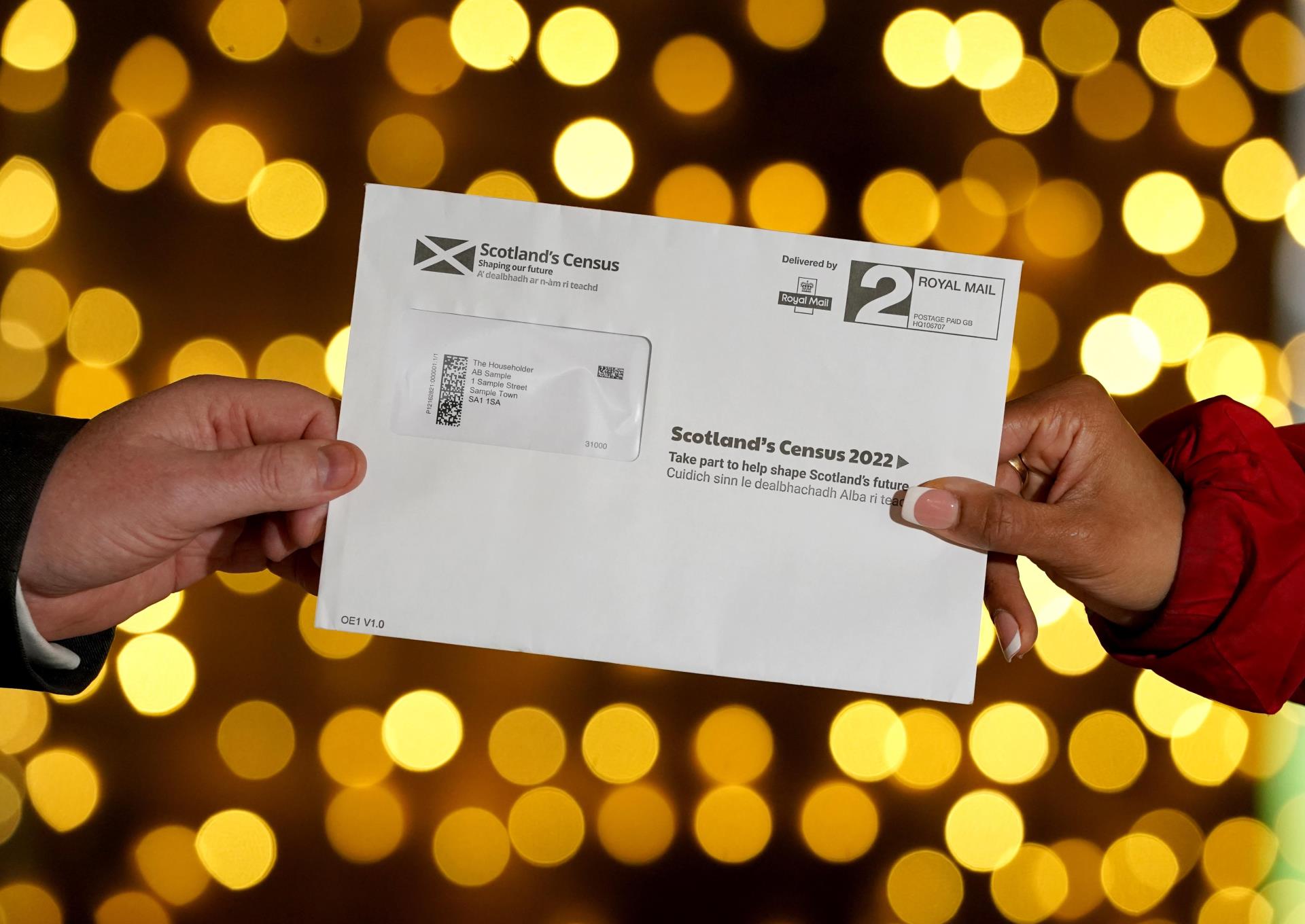
For those who stay in places such as halls of residence, care homes or a hostel, the person who manages the accommodation should provide them with instructions for taking part.
A postcard and letters will have been sent to remind people to complete the census. A team of more than 3,000 staff are available to help and support people who have not completed the census. All staff will have ID to allow members of the public to verify their identity.
For more information go to Scotland’s Census completion website or call the helpline free on 0800 030 8308. Phonelines are open Monday to Friday, 8am to 8pm and Saturday and Sunday, 9am to 4pm. Paper forms are still available on request for those who need them.
Are there penalties for not completing the census?
People may be prosecuted if they:
- Refuse to complete the census questionnaire
- Fail to answer a question (other than those that are voluntary)
- Give a false answer to a question
- Sign a false document
In some cases failure to complete the census may result in a criminal record and fine.
Decisions on prosecution rest with the police and Crown Office and Procurator Fiscal Service rather than the NRS.
Cases reported and prosecutions under Census Act 1920 relating to 2011 census
You may also want to read:
Is it illegal to ignore Scotland’s census? All you need to know as 2022 survey gets under way
